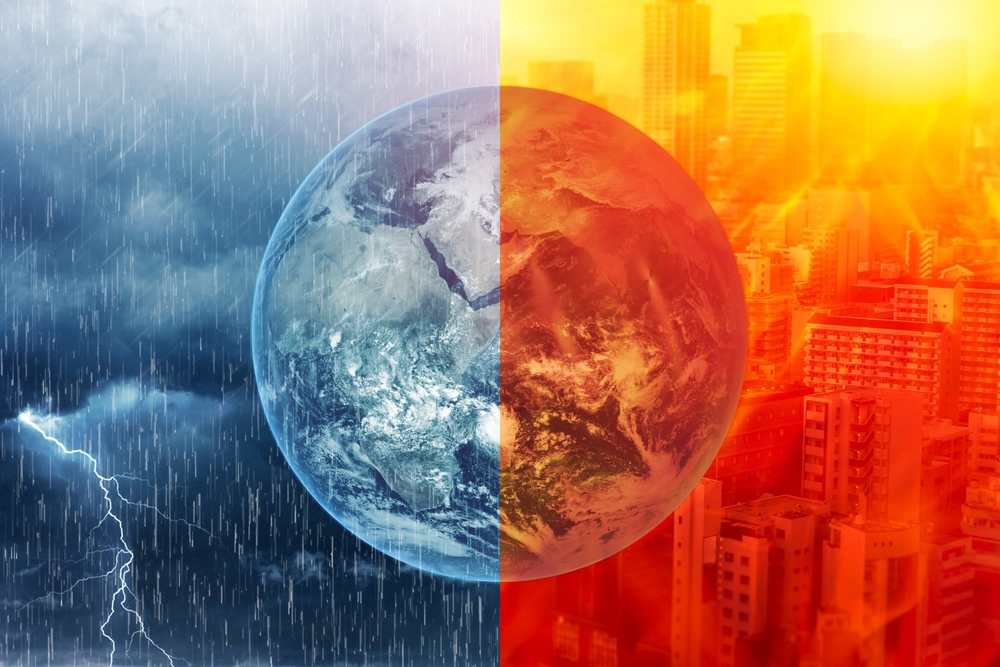The Ariane 6 Rocket was launched in space today and is carrying an entirely new satellite to send early warnings of extreme weather events.
After the European heat wave surged this summer, the European Weather Satellite Exploitation Agency (EUMETSAT) said its Metat SGA1 satellite will provide previous warnings that will help protect lives and property from extreme weather.
EumetStat explains: “Observations of Metop-SGA1 will improve short- and medium-term weather models that can save lives by enabling early warnings of storms, heat waves and other disasters, helping farmers to protect crops, grid operators and manage energy supply, and help pilots and sailors move safely.”
The launch will be Europe’s first contribution to the US-led program, the Joint Polar System, where the satellite enters orbit between the Arctic and Antarctic.
The hidden dangers of extreme weather: Why an early warning system is essential
Extreme weather phenomena such as hurricanes, heat waves, floods, wildfires pose great dangers to both human life and the environment.
These events can lead to widespread destruction of property, community movement, loss of life, and serious economic disruption. For example, flooding can pollute water supplies, destroy infrastructure and cause fatal landslides, but prolonged heat waves increase the risk of heat stroke and wildfires, especially in vulnerable areas.
Early forecasting of these events is essential for effective disaster preparation and risk reduction.
Accurate forecasts allow governments and emergency services to issue timely warnings, organize evacuations and allocate the most needed resources. Individuals and communities can also take protective measures such as securing homes, stockpiling essential supplies, and exploring safe shelters.
Additionally, early warning systems can help minimize long-term impacts by allowing authorities to act before damage becomes irreversible. In an era of climate change where extreme weather is becoming more frequent and more intense, improving early forecasting systems is more important than ever.
Investments in weather monitoring technologies, data analysis and public education can save lives, protect ecosystems and reduce economic losses on a global scale. Without early intervention, the consequences of these natural events can be devastating.
Precision surveillance of extreme weather phenomena
The six surveillance equipment on the satellite are twice as accurate as the agency’s existing satellite IASI. It predicts extreme weather through atmospheric ocean and land temperatures, monitoring of water vapor and greenhouse gases, and amounts of dust and cloud cover in the desert.
“Extreme weather has killed hundreds of billions of euros and tens of millions of lives in Europe over the past 40 years. Storms like Boris, Daniel and Hans, like heatwaves and heavy wildfires are the latest reminders.”
“The launch of Metop-SGA1 is a major step forward in providing our member states national weather services as a more keen tool to save lives, protect property and build resilience to the climate crisis.”
Keep an eye out for future Arian releases
The Arian 6 was the third person to lift off the satellite surveillance system since its first flight last July.
The Ariane Company said 32 launches are planned from Kourou over the next few years, with the aim to run nine or ten launches each year.
Source link

